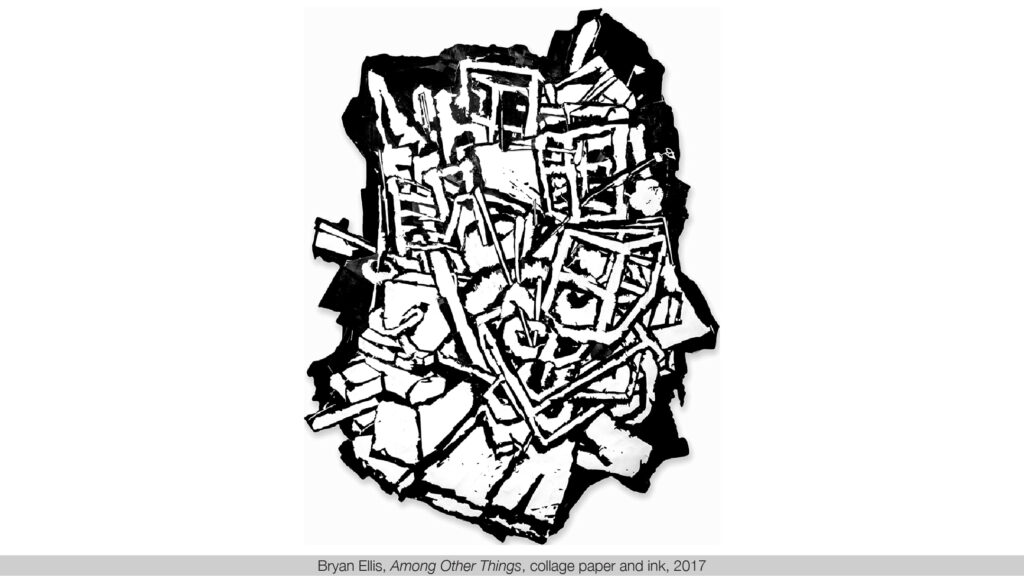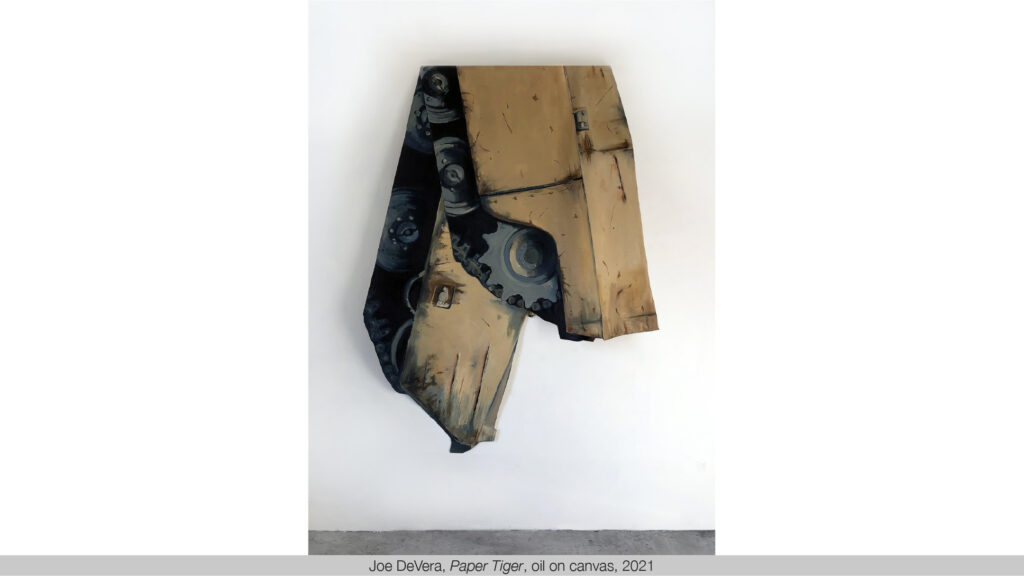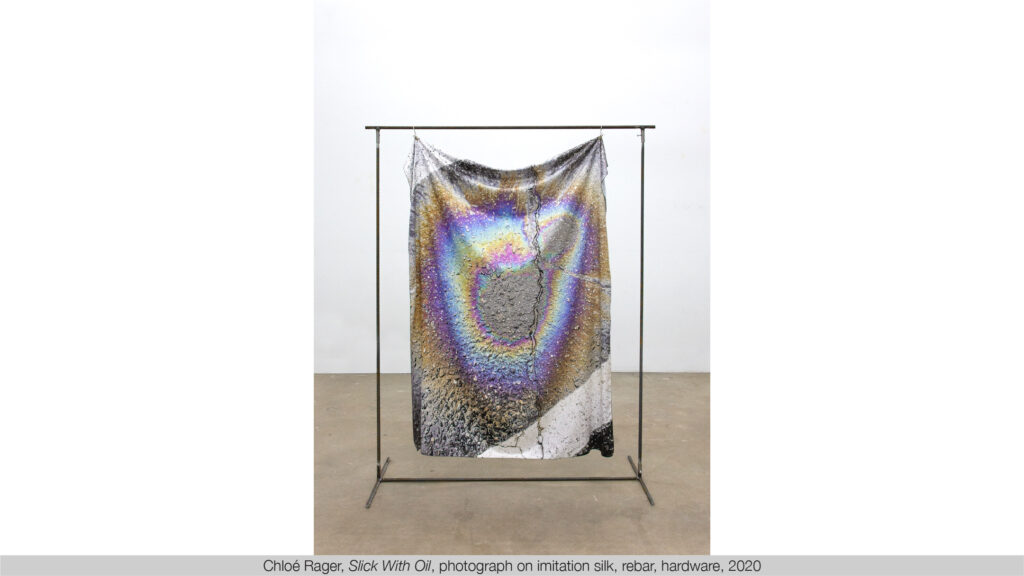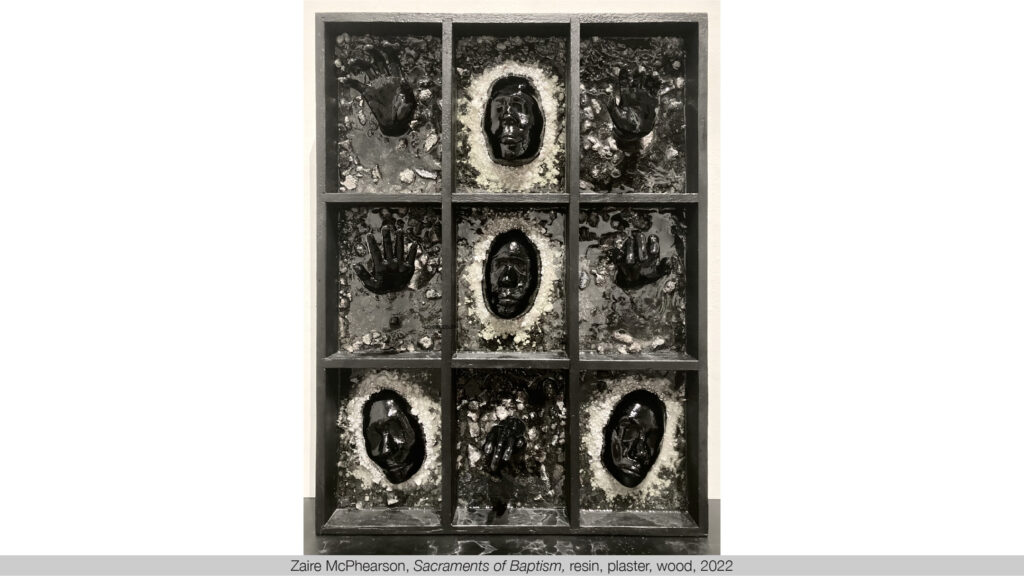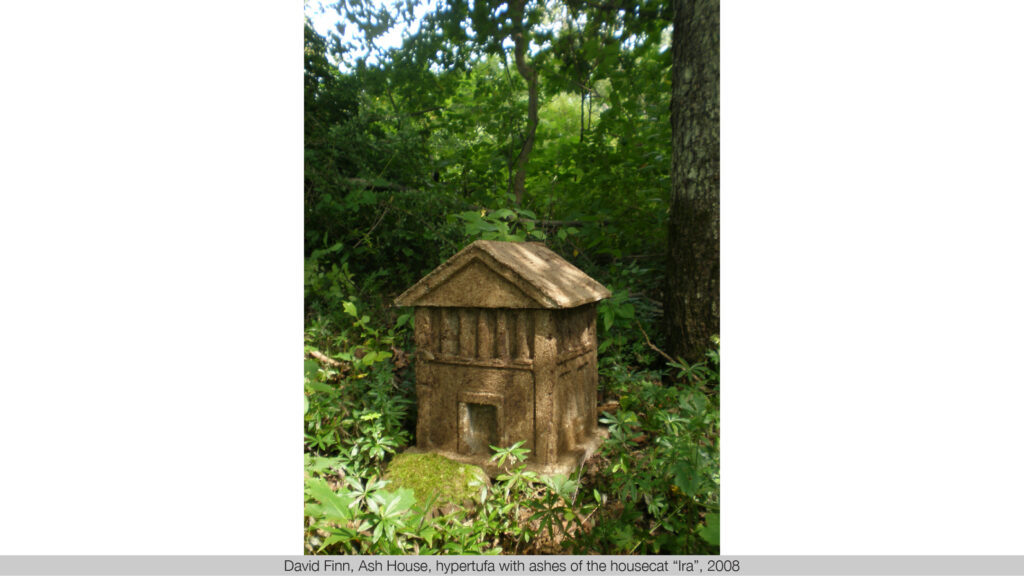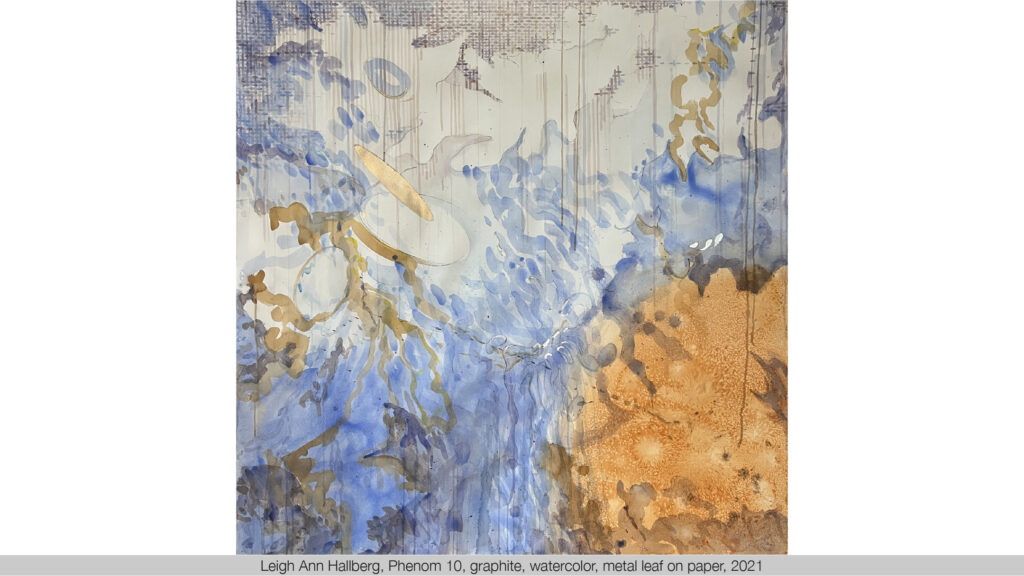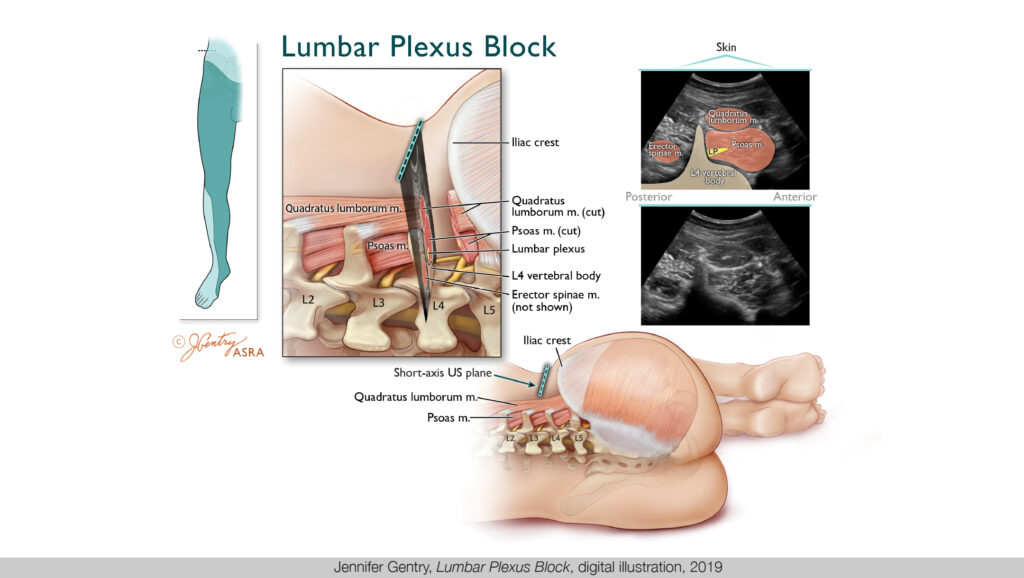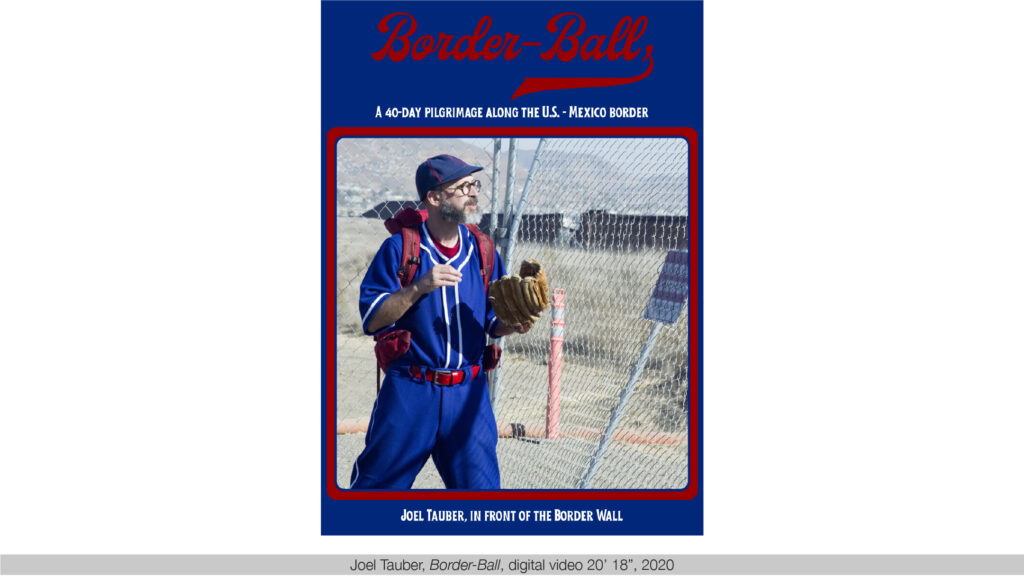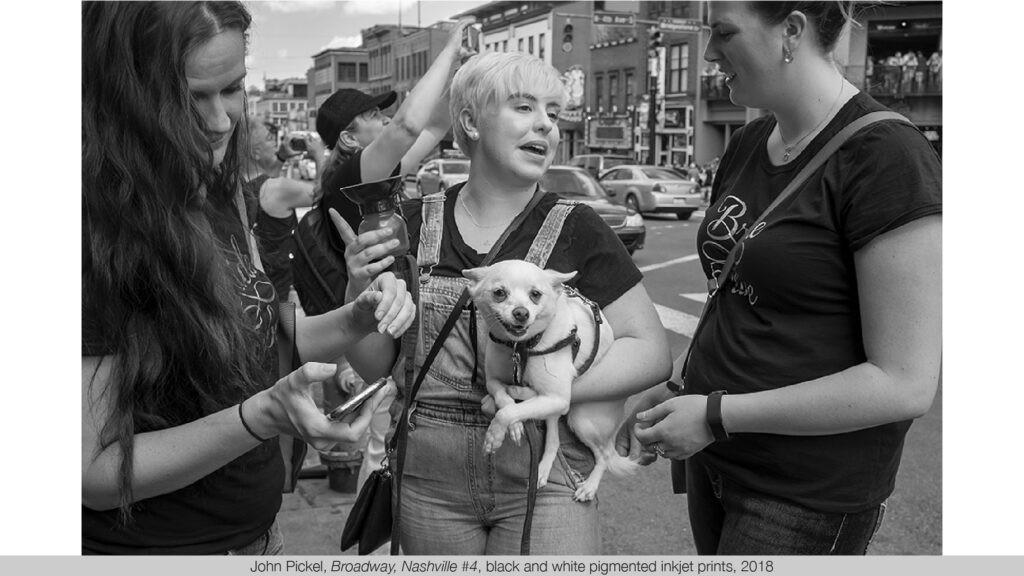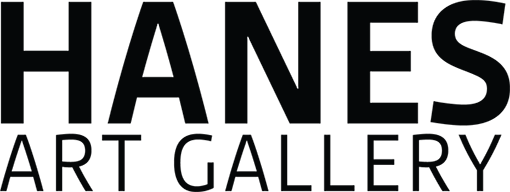x9 | exponents
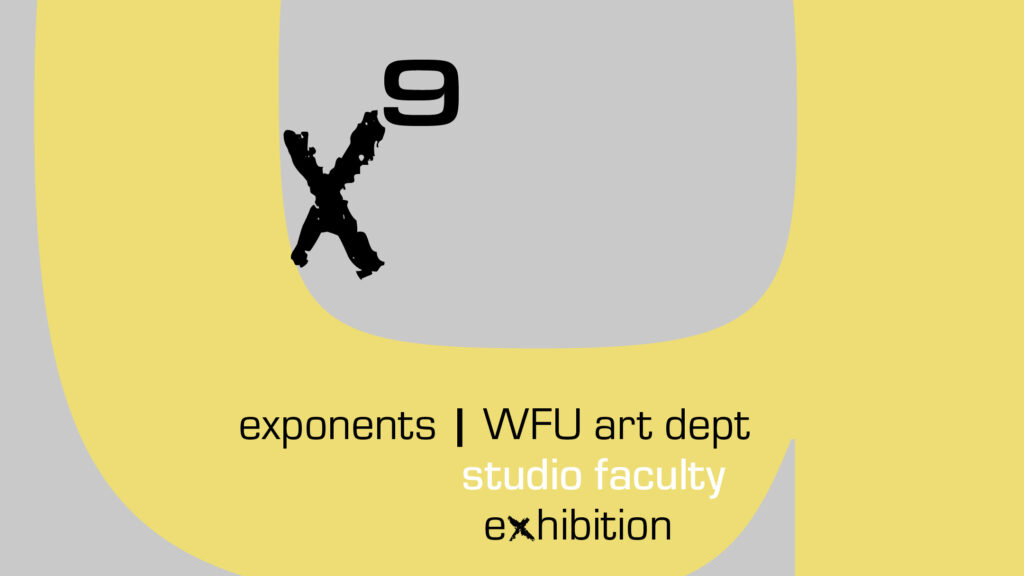
x9 | exponents
WFU art department studio faculty exhibition
SEPTEMBER 1 – DECEMBER 9, 2022
(MAIN & MEZZANINE GALLERIES)
Periodically, the Hanes Gallery presents the work of the WFU Art Department’s studio instructors to the WFU campus and regional communities. For the first time in 8 years, the gallery will exhibit the painting, sculpture, drawing, photography, illustration, bookmaking, and video works of nine current and recent faculty members.
Click on an artist name below to read their artist statement.
My work serves science and medicine as visual tools for learning. Often, images and words collaborate, each supporting the other to maximize engagement and depth of understanding of a concept. My work navigates relationships between scientific representation, visual composition, and the needs of the audience and media. I attempt to negotiate solutions at points when one can be flexible and the other(s) cannot. In collaborating with clients and partners, we all learn together in the reality of the design process.
A scientific illustration can look like an embodiment of pathological perfectionism. The end product is deceptive in that it doesn’t reveal the messiness of the process.
My process rejects the (mis)conception that work begins with a refined vision, all the answers, and is then elegantly articulated in linear steps by a master of art and scientific knowledge. Despite any degree of familiarity with the subject matter, the design process teaches me more than I could ever foresee at the outset. For me, the process of illustration is a teacher and brings the deepest learning of a subject.
It is true that in the final published product, scientific accuracy must be impeccable. Accuracy, functionality, socially ethical representation, and humanitarian purpose are profound responsibilities that the work must uphold. Accuracy, however, can be a moving target, and with that comes humility. What is scientifically “certain” can later be disproved, and best practices and protocols can change. Nothing is *final*; products are always prototypes. There is almost always room for critique or learning to integrate into the “next.”
My work aims to employ the inextricable link between concept and visual composition and aesthetics or style to communicate meaning and values such as empathy and care. In concert with iconography and subject matter, line, value, light, color, shape, texture, and their qualities form relationships to engage the viewer and slow down the looking that may mirror the goal of connection between doctor and patient.
Through the influence of Christianity, family, and history, Sacraments of Baptism explores themes of the black body and its relationship to race and religion. It evokes feelings of suppression that explore America’s misuse of black bodies through the idea of baptism. It attempts to reconstruct the narrative of baptism by looking at the black body through the lens of Christianity. The use of the color black represents feelings of disappearing into a darkness where you can no longer be physically seen while also being reborn and made whole again. Delving into deeper social issues this piece represents black bodies being boxed in by a society that has enslaved black people. It is a representation of a sign of hope for each hand that reaches up for every struggle in the past and future to come. The crystals are symbolic of restoration, strength, and protection. The illusion of water and black glass-like faces creates a reflection that allows the viewer to take a deeper look at oneself.
The watercolor drawing series Phenoms explores human perception and the impossibility of sight to fully take in “reality”. The series originated with walking my dog in the woods. For the last 7 or so years I have spent an hour a day with Lola, walking trails in “nature.” I find myself not looking at nature, but recognizing myself as part of nature – in whatever form it persists – in the landscape, and have begun to use this revelation in my art. My landscapes are about experience, not about ownership or control. They do not try to capture nature in a static view but visualize a large system of forces and processes that includes myself. In her book “Art In Time” the American poet Cole Swensen echoes my intentions with my work when she states,
(Artists)…engaged the landscape in a fluid way, a way that puts landscape back into motion, and in doing so, they have found alternatives to some of the presumptions and practices of landscape art common to Euro-centric contexts, such as the use of linear perspective, in which the proper viewing perspective can only be occupied by one person at a time, thus implicitly supporting hierarchical social and political systems and the regimes of appropriation, colonization and exclusion that go with them.
By using watercolor as a medium and creating layers of color, I am suggesting the idea of movement, change and fluidity. The woven grid, evident in many of the works, the buckled and waving paper, the open support that projects the works from the wall, reference the fabric of space/ time and its fluidity. The drawings also incorporate regions and patterns of “metal leaf” which, like all such highly reflective surfaces combined with painted ones, creates a variability based on reflectance that disturbs the otherwise stable space-time continuum of the drawing’s surface. Medieval painters considered regions of their works rendered in metal leaf as “darks” as opposed to “lights,” but they function both ways, puncturing the picture plane with deep recession, or projecting in front of and beyond the plane with specular highlights. The resulting “interdimensionality,” activates these works in singular ways. My “watercolor drawings” occupy a personal space that perhaps make visual energies of great scale more approachable.
Quadrat
quad·rat
/ˈkwädrat,ˈkwädrət/
Ecology. A small area, typically of one square meter or less, marked out (often as one of several such randomly distributed areas) for studying the local distribution of plants and animals. Also: a portable frame or grid used to mark out such an area.
Quadrat sampling is a method by which organisms in a certain proportion (sample) of the habitat are counted directly. It is used to estimate population abundance (number), density, frequency and. distribution… The quadrat positions are chosen randomly, or they are placed along a transect.
A quadrat is a frame, traditionally square, used in ecology, geography, and biology to isolate a standard unit of area for study of the distribution of an item over a large area. Modern quadrats can for example be rectangular, circular, or irregular.[1]
In a high school biology class, we made quadrats, using them to take random samples in the lawn of the school. The experience captivated me. The process was aesthetically parallel to using a window cut in cardboard aiding in compositions for drawing.
While on academic leave (2017-2018) at Chickasabogue Park near Mobile, Al, I used my camera as a quadrat. In lieu of a grided frame, I made a bright colored target like a poker chip. While walking the trails, I would throw the chip randomly. Where it landed, I sat up my camera and tripod, composed the image, removed the target, and shot the image. The result is a handmade book of photographs and text.
Broadly, my approach to creating photographs is analogue to taking random samples. Where a biologist would use the quadrat, I use my camera. Street photography is inherently random in that there are an infinite set of who, what, when, where possibilities. For example, on Sunday May 20th, 2018, I was on Lower Broadway, Nashville TN with my camera. Although I visited there with the intent of shooting photos, I had no control on what I might find. Of course, all photographers make decisions, but the confluence of possibilities was not in my control. In the instant I saw the young woman holding a small dog, I raised my camera and shot. What came together out of random chance is where my fascination lies.
One might wonder what connection a book of photographs of the forest floor in Alabama has in common with street photographs from Nashville, TN. The slang usage of “Random” comes to mind, “a person or thing that is unknown, unidentified, or suspiciously out of place. · a person or thing that is odd or unpredictable.” This isn’t off base. As an artist I have a wide range of interests. I go where the quadrat falls.
How’d we get here?
A simple, lingering inquiry that’s resonated several times in my life; eventually serving as a preamble to my current artistic process. Given my past enlistment in the United States Marine Corps (serving two combat deployments) and in addition to having been born in the Philippines during a time of political turmoil and violence, I often find myself attempting to make sense of the absurd theaters of human tragedy by way of making – as if somehow, the inherent anachronism of art objects are enough to correct the discrepancies of our current historiography.
Recently, this avenue has led me to create paintings and sculptural forms that can be simultaneously viewed as an aggregate of weaponized material as well as a marshaled victim of the military complex. The works themselves, which range from paintings amalgamated from various sources, to shambling fabricated archetypes of familiar structures or figures, are constructed with a combination of repurposed military equipment, domestic household items and discarded construction material gathered from local sites. It is within these disparate processes that I hope to create a transitional element in which to employ our ability to visually access human events at various levels simultaneously.
It is my hope that these works, as well as future projects, can engage cultural networks and socio-political themes in a way that is outside the range of unilateral terms of study — optimistically, placing them in a crossroads where they function not only as visual informant, but also as a productive cultural provocateur. In a unique way, perhaps these art objects would also serve as a conduit between human experiences, interacting within our systems of retrospection, myth and metaphor. It is within these contingencies that I see the potential to not only amend how we represent and contextualize the world and events around us, past and present, but also create new dialogues to build upon its understanding.
The sculptures and photographs from this project, Something That Breaks Your Skin, investigate the materials and forms of road infrastructure, and their accompanying faults, for the coded meanings that are embedded within them.
Infrastructures operate as if they are neutral and necessary substrates, yet their function– to shape our relationship to our environment and each other– is inherently an exercise of power. They are used, yet unseen; mostly taken for granted until they falter.
In And The Street Was Full of Voids, the casts of the interior space of potholes hang heavily from hooks. The casting of potholes sculpturally manifests the voids in these roadways– their cracks, ridges, crevices– archiving the space that is missing, yet to be maintained.
The hard, unyielding asphalt of the street is turned silky and soft in Slick With Oil. The image, created by the dripping of motor oil onto a parking space, becomes a shimmering aura on top of the wet pavement.
The photographic series Standard Practice, traces a history of material violence: cracking, bleeding, bumps and sags, punchout, fatigue, patching, rutting, and so on. The series recreates photographs from a U.S. Army Corp. of Engineers manual on road quality assessment, framing them next to text excerpts from the same document. The manual, which was adopted by state and governmental agencies to layout a road grading system, draws connections between these taxonomies– the wounds in both bodies and roads.
Collectively, the artworks in this installation address a power dynamic between road and body, state and citizen, material and effect. Often provoking an underlying eroticism, they suggest the possible ways our bodies are intertwined with and affected by the built environment. Yet, these artworks show the materials and forms that manifest these dynamics as flawed or permeable, building a counter-archive, exposing or eroding the often hidden power dynamics that are coded inside of built space.
Border-Ball chronicles Joel Tauber’s 40-day pilgrimage along the U.S. – Mexico border. He walks, repeatedly, from the Otay Mesa Port of Entry in San Diego, along the Border Wall, to the Otay Mesa Detention Center—and back. People share their thoughts and stories, and Tauber wonders how we can be so cruel to so many immigrants and refugees. They play catch. They hug. Sometimes they even laugh, despite it all. And Tauber continues walking, praying that things will change.
My paternal grandparents were survivors of the Holocaust. My grandfather’s brother died in a slave labor camp. I know what can happen if we sit idly by while people labeled as “other” are terrorized. So, I embarked on a 40-day pilgrimage to the U.S. – Mexico border. To bear witness to the horrors we’re committing. To open dialog. And to celebrate a vision of an open, welcoming country—and world—for all.
I decided to show 3 sculptural works from different time periods: roughly 1980s, 2000s, and 2020. All have cast elements that are combined with ‘raw’, unconstrained, or ‘natural’ elements.
Possession is literally made from trash found on the streets of NY in the 1980s. My idea was to take apart and examine the social self in the context of urban life.
Ash House is in the process of disintegration, of reaching an understanding our own mortality. This temple is functional as a repository for the ashes of a being as they eventually merge.
Reconstruction of 32° 38’ North… references a place in current day Mississippi and the action of adding a layer of contemporary injustice to the site where historical injustices occurred.
Using illusory configurations referencing abundance, bodily structures, and landscapes, my drawings reflect an ongoing narrative in which the observer wanders through a series of environments built from oblique forms and off-kilter relationships. This results in precarious puzzle-like constructions that occupy a moment just before the visual tension that holds them together like glue gives way. Some compositions appear as debris fields, leaving the observer unsure of its previous state, while other scenes depict entanglement.
For me, drawing allows my inner and outer worlds to collide, revealing unanticipated points of intersection. I consider my drawings to be thin sculptures: dark puzzle-like forms cut from paper engaging in an organic dance of figure as they cast ground shadows that become equally as tangible as the forms themselves. Using paper as my primary medium provides a versatile and, some might say, ambiguous foundation upon which to cultivate a mature and sophisticated artistic voice that’s sure enough of itself not to be daunted by the occasional hint of whimsy.
I regard my studio as an environment where I can challenge boundaries, allowing new ideas to take shape through meaningful connections that emerge between materials and practices. This approach of invention and play creates a space in which I can grow my technical skills while experimenting with new materials and processes. I regard experiential learning as a catalyst through which individual achievements can build upon one another to render vision and voice as new ideas reveal themselves through research, innovation, and dedication to craft.
My research is grounded in a strong traditional language of drawing, painting, and printmaking while also incorporating new media. My creative output reflects a balance between handmade and digitally driven work. I incorporate cutting edge technology, laser cutters, and CNC tools to generate elements I order into refined compositions.
My current work includes clear nods to time-honored image-making techniques such as collage, the Japanese practices of woodblock prints, and kirigami while incorporating new tools to expand the reach of traditional media, creating a dialogue between past and present. Within this framework, I build a pictorial vocabulary from insubstantial materials and fragile substrates such as thin paper that creates a world of compressed space, voids, and gestures, all echoing the memory.
Reception
Thursday, September 1 at 5:30 PM
Related Programs
Gallery Talk: Bryan Ellis
September 8, 2022 at 4 PM
Gallery Talk: Leigh Ann Hallberg, Laura Mullen, and Lynn Book
September 20, 2022 at 5 PM
Gallery Talk: Joel Tauber
October 3, 2022 at 5 PM
Gallery Talk: Chloé Rager
October 20, 2022 at 4 PM
Gallery Talk: John Pickel and Morna O’Neill
November 2, 2022 at 5:30 PM
Gallery Talk: Joe DeVera and Yolanda Franklin
POSTPONED TO SPRING 2023 November 15, 2022 at 5:00 PM
Gallery Talk: Zaire McPhearson
November 29, 2022 at 5:00 PM
Related Links
